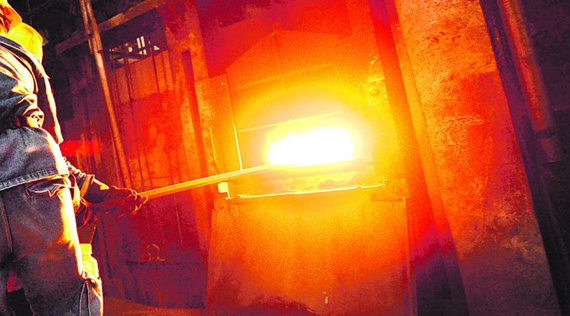
SEATTLE (ITRI.CO.UK): In August, Myanmar experienced extremely heavy rains, leading to flooding. The high waters constrained mine production in the country, a major source of tin concentrates for smelters in China. The flood waters have still not been cleared, leading to lower shipments into China in December. The tin content of Myanmar ore and concentrate exports to China was estimated at 3,400 tonnes, down 11% year-on-year and 24% month-on-month.
For the year as a whole, imports of raw materials from Myanmar to China fell some 17% year-on-year to 36,400 tonnes. The flow of tin between the two neighbouring countries has not been this low since before 2015.
While Myanmar still represents some 85% of China’s imported raw materials, the world’s largest tin-producing country is beginning to look elsewhere for its supply. In December, imports of ores and concentrates (ex-Myanmar) increased 9% month-on-month to 1,200 gross tonnes. In total, imports from countries outside of Myanmar rose some 19% year-on-year to 6,400 gross tonnes in 2020.
As usual, Australia was one of the main sources of imported ores and concentrate last month, but the Democratic Republic of Congo was also high on the list. The country first appeared on the import list in September and was the second largest source of ex-Myanmar concentrates in December. Other countries, including Russia, Laos, and Viet Nam also frequent the list. With Russian tin producer Rusolovo looking to increase production in 2021, this may benefit Chinese tin smelters.
As well as importing raw materials, the flow of refined metal between China and the rest of the world also increased in 2020. Official Customs data shows that China imported some 17,718 tonnes of refined tin, up 521% year-on-year. With Chinese demand for metal much higher than the rest of the world in 2020, refined tin exports fell some 27% year-on-year to 4,476 tonnes.
Before 2008, China was a net exporter of metal, but following a 10% duty on exports, the country swiftly became a net importer. In the last two years however, trade has been more balanced, with just a few thousand tonnes of net exports. In 2020, however, China resumed its imports of metal, with net imports totalling 13,242 tonnes, a sharp change from the 3,245 tonnes exported in 2019.
ITRI View: While the flow of ores and concentrate from Myanmar to China is currently low, we expect this to pick up in the short term. At more usual tin prices (140,000 yuan/tonne, US$ 21,600/tonne), it is only profitable for miners in Myanmar to extract ore with grades of 0.9% Sn. However, the Chinese tin price has recently risen to exceed 170,000 yuan/tonne (US$ 26,275/tonne). At these prices, low-grade tin ore of around 0.4% Sn can be profitably extracted. In the medium term, we expect the high price to incentivise raw materials supply, easing the tightness in the Chinese concentrate market.
With supply from Myanmar continuing its long-term downwards trend, we expect China to begin to reconsider its tin supply chain. Strict environmental regulations are making it difficult for new mines within China to obtain licenses as the country pushes its green revolution. As a result, we do see China beginning to import more raw materials from countries outside of Myanmar. It is likely that much of the supply will come from Africa, where most concentrate is already sold to smelters in Asia, with little smelting capacity on the continent. Australian mining projects may also view this as an opportunity; the Renison Bell mine already sends much of its production to China, and new mines may be able to follow suit.
Courtesy: www. itri.co.uk
| Copper Scrap View All | |
| Alternator | 0.32 (0.01) |
| #1 Copper Bare Bright | 3.77 (0.07) |
| Aluminum Scrap View All | |
| 356 Aluminum Wheels (Clean) | 0.73 (0.02) |
| 6061 Extrusions | 0.64 (0.02) |
| Steel Scrap View All | |
| #1 Bundle | 475.00 (0) |
| #1 Busheling | 495.00 (0) |
| Electronics Scrap View All | |